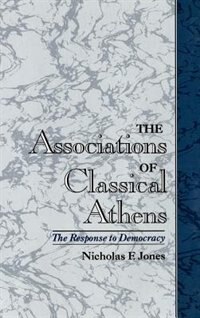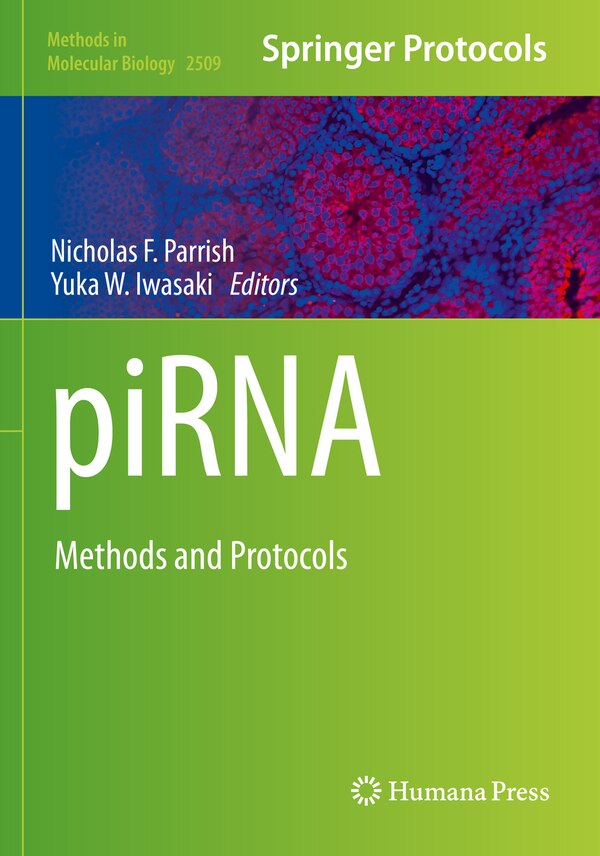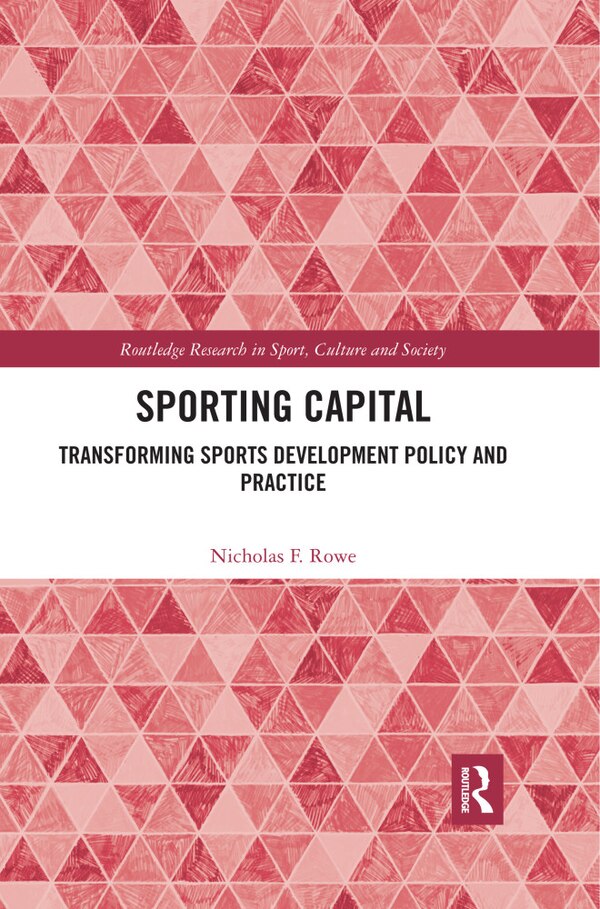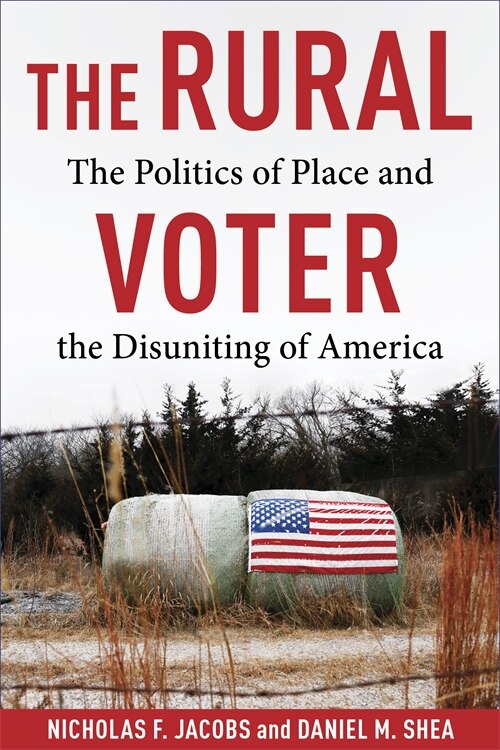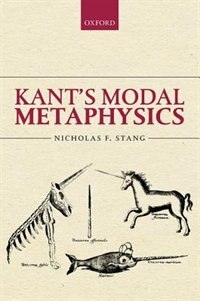
Compare Kant's Modal Metaphysics by Nicholas F. Stang, Hardcover | Indigo Chapters
Nicholas F. Stang
$103.95
Nicholas F. Stang presents a study of Kant's theory of possibility, starting from the so-called "precritical" period of the 1750s and 1760s, through the Critical system of philosophy inaugurated by the Critique of Pure Reason in 1781. He discusses Kant's confrontation with the ontologicaltheory of all possible beings shared by many of his rationalist predecessors, Kant's positive theory of possibility in the 1760s, and his distinctively Critical theory of possibility in the Critique. Stang argues that the key to understanding both the change, and the continuity, between Kant'sprecritical and his Critical theory of possibility is that he comes to believe that the ontological question about possibility (what do all possible beings have in common?) must be transformed into a question in "transcendental philosophy": how do we represent possible objects a priori? Kant's ModalMetaphysics explores Kant's theory of possibility before he reoriented his theory around that question, why he believed that reorientation was necessary, what this transcendental question means, and his own answer to it. Possibility becomes one of the three "categories of modality" in the Critique, along with actuality/existence and necessity. Consequently, Stang investigates Kant's views about what distinguishes actuality from mere possibility, his theory of the closely related notion of existence, and his theory of necessity, including, crucially, his theory of necessary existence. | Kant's Modal Metaphysics by Nicholas F. Stang, Hardcover | Indigo Chapters


